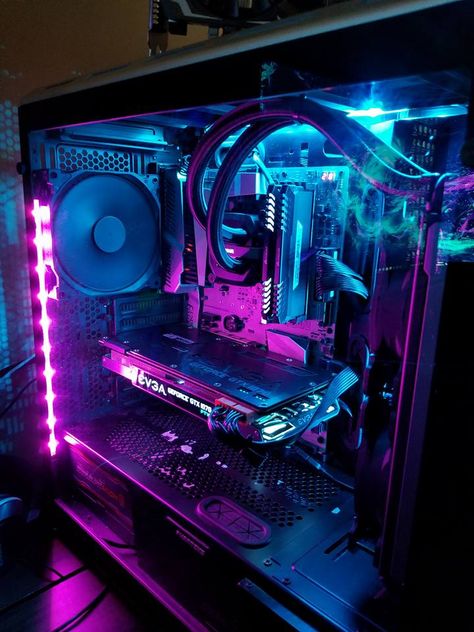Z590 Chipset Motherboards Take Advantage of Intel's 11th Generation Rocket Lake-S CPUs

t CES 2021, Intel gave a glimpse of 11th-generation Rocket Lake-S processors, showcased by the Intel Core i9-11900K. But an advanced processor is only as good as the motherboard it is mounted on. Motherboard manufactures such as MSI, Asus, and Gigabyte have started to release motherboards capable of taking advantage of the new processors. These new motherboards are based on the Z590 chipset. These motherboards are backwards compatible with current Intel 10th-generation Comet Lake-S processors, but they're fully enabled with all the features of the 11th-generation CPUs.
These motherboards have support for PCIe 4.0, which AMD based motherboards have had since 2019. The CPU-to-chipset link, which has been doubled from a DMI x4 link to a DMI x8 link. This means an effective CPU-to-chipset bandwidth of a PCIe 3.0 x8 link, and that two PCIe 3.0 x4 drives can be attached and run at full speed. Out of all the 500-series chipsets, the Z590 is the only one that will do this, with all others forcing an x4 link. Also, the x8 link only works with Rocket Lake CPUs, and will downgrade to x4 with a previous generation processor.
Intel is also offering better memory support on its 11th Generation processors, which have been upgraded from DDR4-2933 to DDR4-3200. Motherboard manufacturers meet this DDR4-3200 at JEDEC specifications, but most go beyond this for overclocked memory. Because of the jump, motherboards are offering up to DDR4-5333, although the memory will be expensive.
The new Intel Z590 chipset also includes native support for USB 3.2 Gen 2x2 20 Gbps Type-C connectivity. On the previous Z490 chipset, manufacturers needed to use additional controllers, such as the ASMedia ASM3242, plugged into the PCIe lanes from the chipset. Another new feature found on Z590 models is Intel's Maple Ridge Thunderbolt 4 connectivity. Thunderbolt 4 offer the full specification standard. Thunderbolt 4 comes with additional security through Intel VT-d DMA protection, can support longer cables with lengths of up to 2 meters, and also tree/branch daisy chaining, whereas previously only linear chaining was supported.
Networking has also been upgraded by Intel. Manufacturers have enabled this through Intel's latest AX201 or AX210 Wi-Fi 6 RF modules, or the new Intel Killer AX1675. Wired connectivity now includes support for 2.5 gigabit ethernet. Of course, it’s not just the latest and greatest CPUs and motherboards that determine a great gaming rig. For a powerful gaming rig, you'll want to be sure your graphics card is up to par. Since the 11th Gen CPUs are power hungry, you will also want to use better power supplies and cooling.